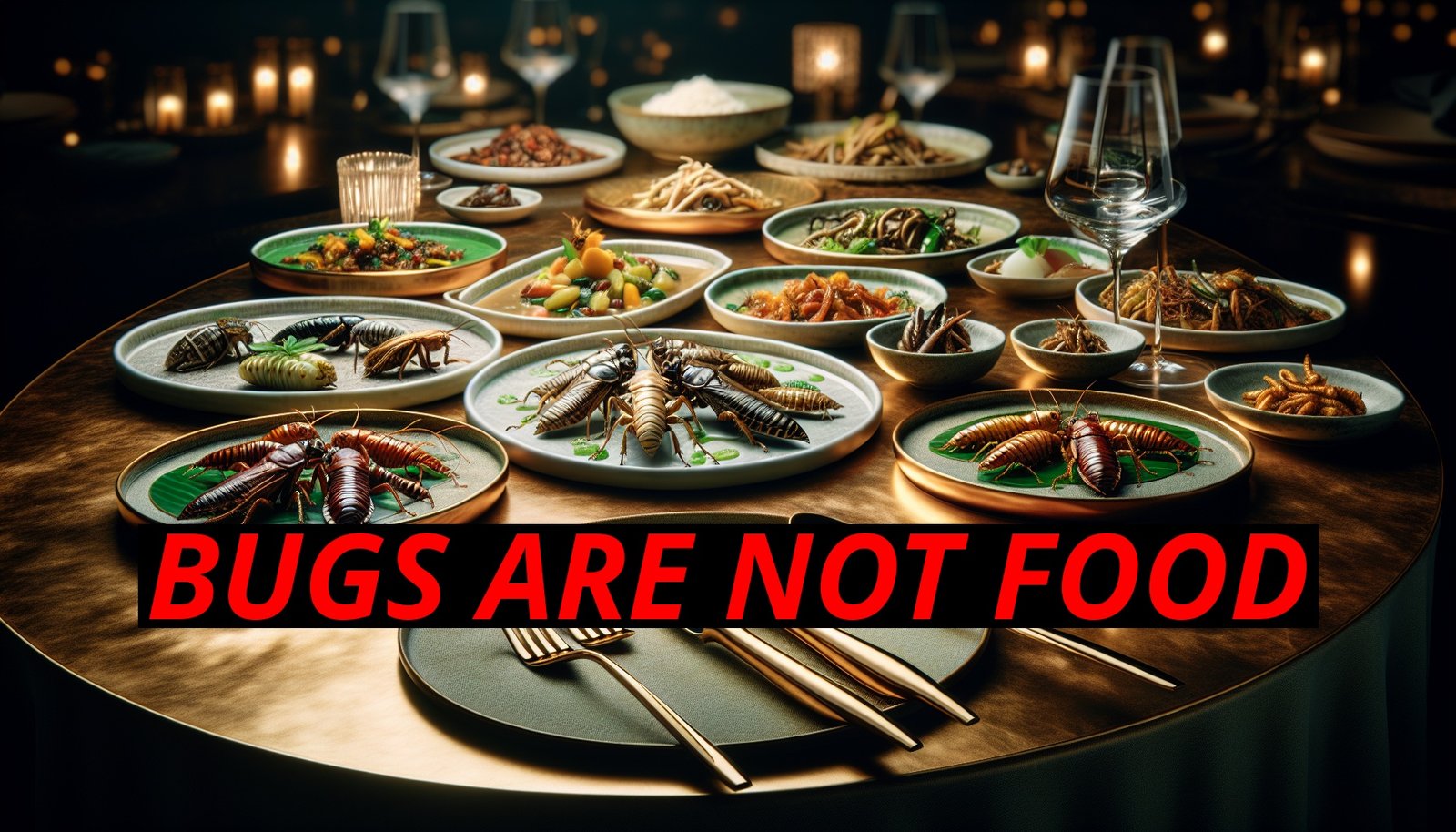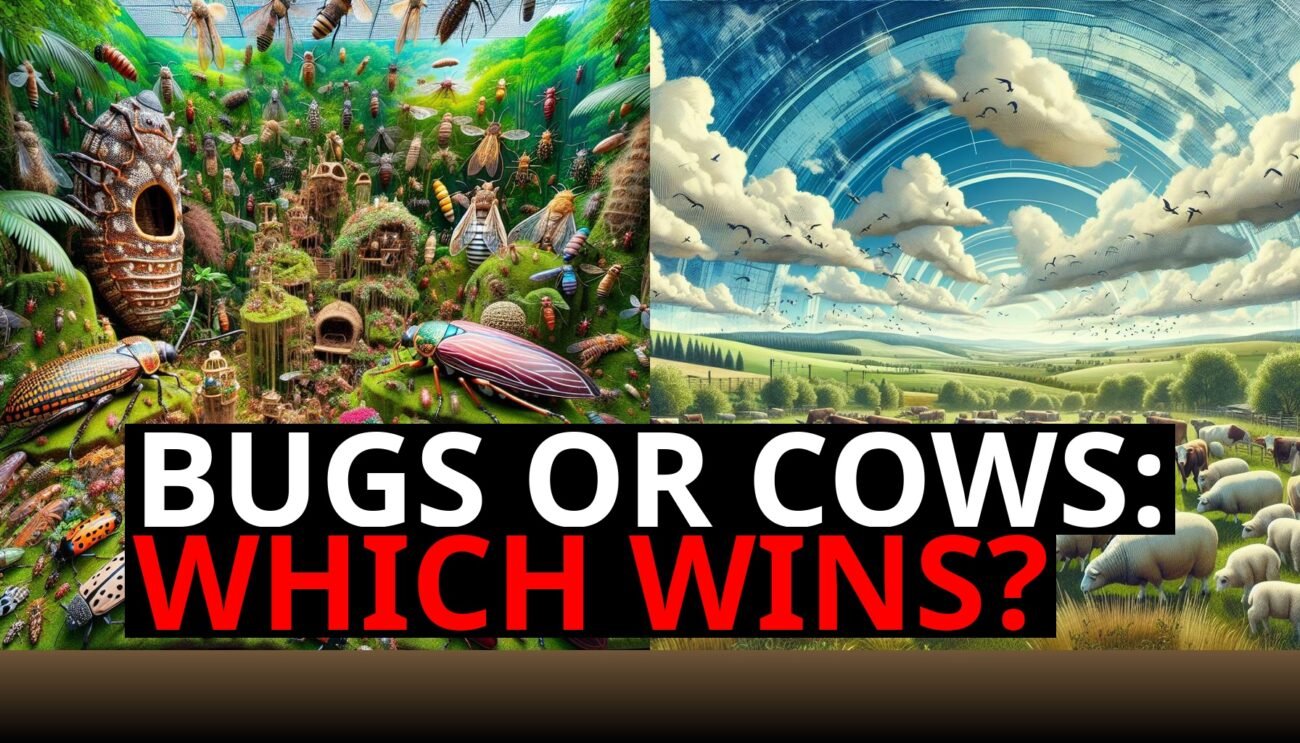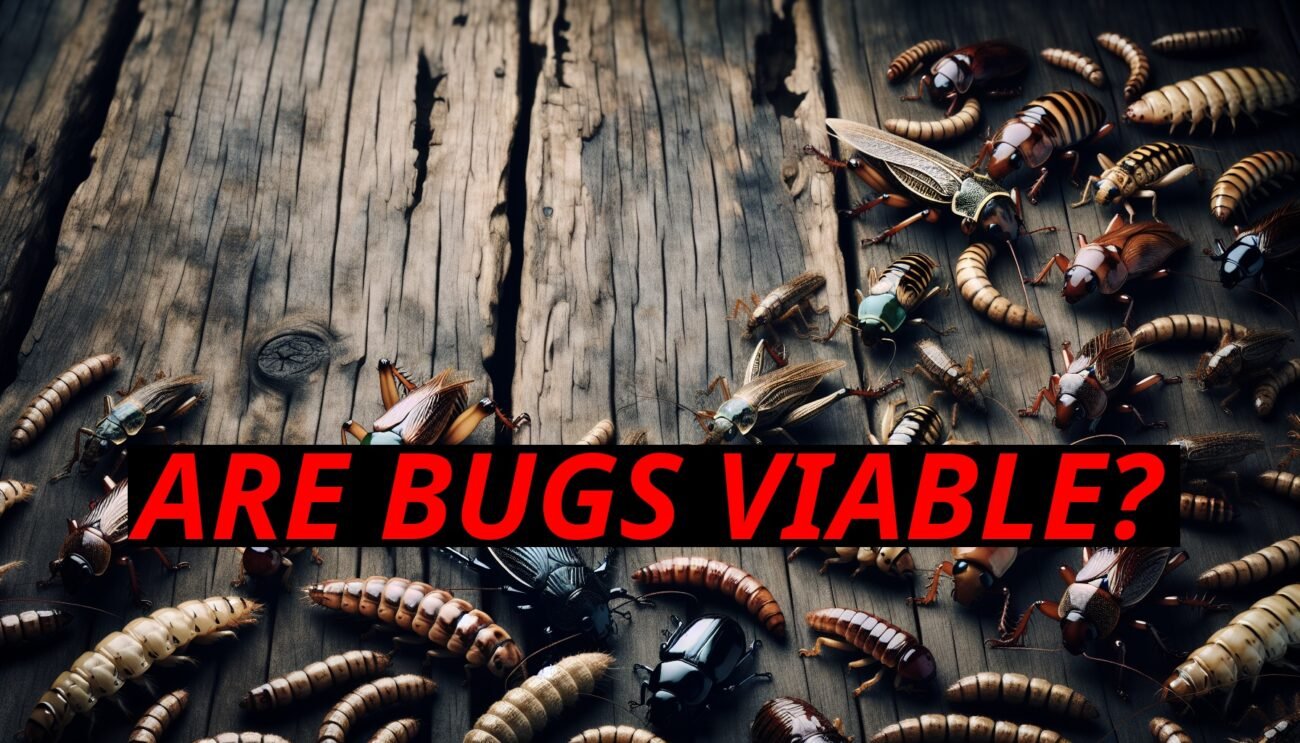In the West, there’s a growing movement to push bug-eating as the future of food. Advocates point to global cultures where insects have been consumed for centuries, suggesting that the Western world should follow suit. But here’s the catch: this interpretation of global food traditions often misses the mark. While bug-eating is part of the diet in many regions, it’s rarely the ideal choice or a preferred staple. So why is the West so eager to adopt bugs as the next big thing in sustainable food?
Let’s dive into how Western bug advocates are misinterpreting global food traditions, and why eating bugs in one part of the world doesn’t necessarily mean it’s a solution for everyone.
The Cultural Context Of Bug-Eating: It’S About Necessity, Not Preference
It’s true that in many parts of the world, bugs are consumed as a source of protein. Countries like Thailand, Mexico, and parts of Africa have long traditions of eating insects like crickets, grasshoppers, and termites. But what’s often overlooked is the context behind these practices.
In many cases, people eat bugs out of necessity—not because they’re the first choice on the menu. Bugs are abundant, easy to catch, and provide a quick source of nutrition when other protein sources like meat or fish aren’t readily available. In regions with limited agricultural resources, insects are simply a practical solution to food scarcity.
For example:
- In parts of Africa, locusts are eaten during swarm seasons as a way to combat crop destruction while also taking advantage of an available food source.
- In rural Mexico, chapulines (grasshoppers) are sold as a seasonal delicacy, but they’re far from a dietary staple. Most people would prefer meat, beans, or corn, which make up the foundation of daily meals.
By ignoring the necessity behind bug-eating in these cultures, Western advocates mistakenly promote it as an ideal or enlightened practice, when in reality, it’s often a fallback food in times of scarcity.
Bugs Are Not A Staple: The Role Of Insects In Global Diets
One of the biggest misconceptions is that insects are a staple food in cultures that regularly consume them. In truth, bugs are typically used as a supplement to more consistent and reliable food sources. For example, insects might be eaten during certain seasons or in specific regions, but they don’t replace the primary foods like rice, vegetables, or meat that make up most of these cultures’ diets.
Consider Thailand, a country often cited as a model for bug-eating:
- In rural areas, bugs like crickets and bamboo worms are sold in markets, but they’re often seen as snacks or side dishes, not the main course.
- The average Thai diet revolves around staples like rice, fish, pork, and vegetables, with bugs serving as occasional treats or novelties.
By elevating insects to the status of a mainstream food source, the Western bug-pushing movement ignores the fact that in many cultures, bugs are not a daily necessity, but an occasional addition to the diet.
The Nutritional Reality: Bugs Are Not A Complete Solution
While insects are often praised for their protein content, they fall short when it comes to providing a complete nutritional profile. Many bug-eating cultures rely on other, more nutrient-dense foods to meet their daily needs.
For example:
- Bugs are low in fats and fat-soluble vitamins like A, D, and E, which are essential for maintaining a healthy diet. These nutrients are found in far greater amounts in foods like meat, eggs, and dairy.
- Traditional food sources like fish, poultry, and beans provide a more complete set of amino acids, vitamins, and minerals that bugs simply can’t match.
In regions where bugs are eaten, they are often seen as a temporary source of protein during times of scarcity, not a long-term solution to meeting nutritional needs. Western advocates who push bugs as a superfood overlook the importance of balanced diets and the role that other foods play in supporting overall health.
The Romanticization Of “Exotic” Food Practices
There’s a tendency in the West to romanticize food practices from other cultures, especially when they seem exotic or different. Bug-eating has become one of those practices that Western advocates hold up as a sustainable, forward-thinking way of feeding the world. But this view often misrepresents the realities of how food works in other parts of the world.
In many of the regions where insects are eaten, people would much prefer conventional proteins like chicken, beef, or fish—foods that are often less accessible due to economic constraints or environmental conditions. The idea that these cultures are somehow “ahead” of the West because they eat bugs ignores the fact that, given the choice, most people would choose other food sources over insects.
By focusing on bugs as the solution, Western advocates fail to see the bigger picture of cultural preferences and the role of economic necessity in shaping diets around the world. What may look like a forward-thinking practice from the outside is often rooted in practical survival rather than dietary preference.
Bugs As A Survival Food, Not A Global Solution
For centuries, bugs have been consumed in survival situations—when crops fail, when livestock is scarce, or when natural disasters limit food supplies. Survivalists, too, use insects as a fallback food source when hunting or foraging doesn’t provide enough sustenance. But what’s clear is that bugs are rarely seen as a long-term solution to food challenges.
Even in cultures that regularly consume insects, bugs are often viewed as supplementary food, not a primary source of sustenance. The Western push to normalize bug-eating as the future of food overlooks the fact that most cultures use bugs as temporary solutions when necessary, not as a permanent dietary shift.
Why The Western World Should Rethink Its Approach
While the push for bug-eating is rooted in good intentions—finding sustainable ways to feed a growing population—the movement overlooks several key factors that make insects an impractical long-term solution for the world’s food challenges. The cultural and nutritional context of bug-eating in non-Western societies is far more complex than many advocates acknowledge.
Here’s why the Western world should rethink its approach to promoting bugs:
- Context matters: Bug-eating is often tied to survival or necessity, not dietary preference. Understanding the cultural context is crucial before promoting bugs as a mainstream solution.
- Nutritional balance: Bugs alone don’t provide the complete nutrition that humans need. A balanced diet requires a range of proteins, fats, and vitamins, which are more easily found in traditional food sources like meat, eggs, and dairy.
- Cultural sensitivity: Western advocates should avoid romanticizing or cherry-picking practices from other cultures without fully understanding their significance. Bug-eating is not the ideal solution for the world, and pushing it as such disregards the values and preferences of many societies.
Conclusion: Bugs Aren’T The Universal Answer
While bug-eating traditions in certain cultures are fascinating and practical in their own contexts, they don’t offer a one-size-fits-all solution to the world’s food challenges. The Western push to adopt bugs as the future of food often misinterprets these traditions, failing to recognize the role of necessity and survival in shaping them.
Rather than focusing solely on bugs, we should look at a broader range of sustainable food solutions, respecting the cultural realities and nutritional needs of different populations. Bugs may have their place in certain situations, but they’re far from being the universal answer to feeding the world.













